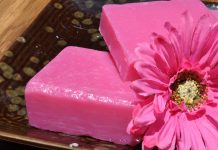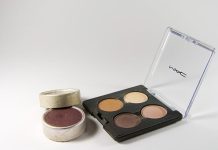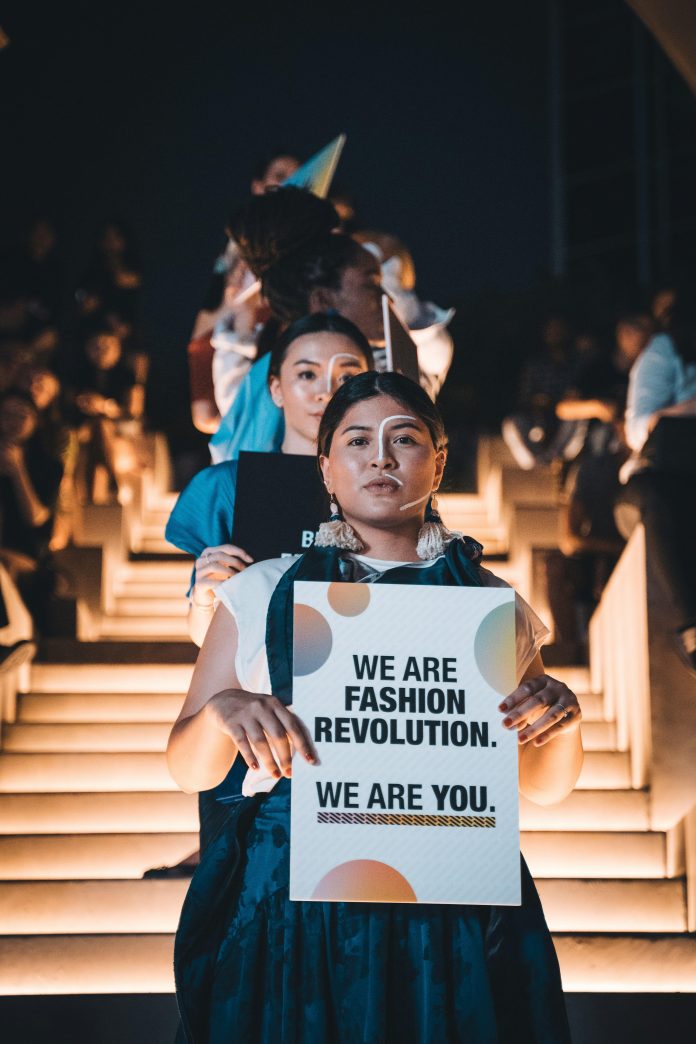In the ever-evolving world of fashion, where trends can shift as swiftly as a runway model’s stride, a new paradigm is emerging—one that weighs the ephemeral allure of trends against the enduring impact of sustainability. As the industry stands at this crossroads, a crucial question arises: should fashion brands prioritize sustainable materials over fleeting trends? This debate is more than a mere clash of style versus substance; it delves into the heart of what the future of fashion could—and perhaps should—become. As consumers grow increasingly conscious of their environmental footprint, the fashion world must decide whether to continue its fast-paced dance with trends or to step into a more sustainable rhythm. Join us as we unravel this complex tapestry, exploring the potential paths that could reshape the very fabric of fashion.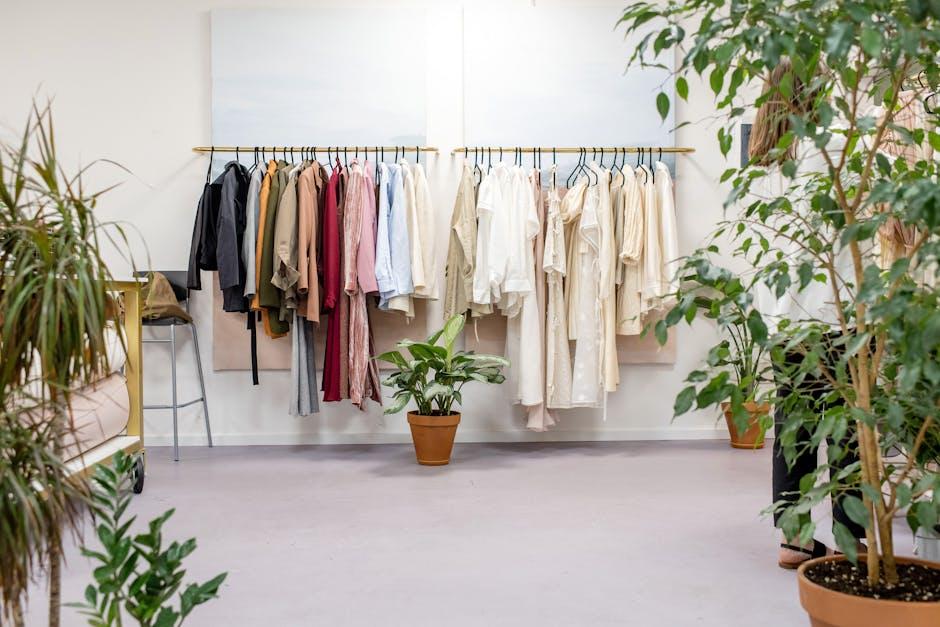
Balancing Style and Sustainability: A New Fashion Frontier
In the evolving landscape of fashion, the delicate dance between style and sustainability presents both a challenge and an opportunity. Brands are now exploring sustainable materials as a core part of their identity, rather than an afterthought. This shift is not merely about reducing environmental impact but also about redefining what it means to be fashionable. By integrating eco-friendly practices, brands can offer innovative designs that appeal to a growing audience concerned with ethical consumption.
Consider the advantages of embracing sustainability over fleeting trends:
- Longevity: Sustainable materials often promise durability, ensuring pieces last beyond a single season.
- Versatility: Timeless designs crafted from eco-friendly fabrics can adapt to changing trends.
- Consumer Trust: Transparency in sourcing and production builds brand loyalty.
As fashion brands navigate this new frontier, the fusion of style with sustainability could set a precedent for a more conscientious industry, proving that ethics and aesthetics can indeed coexist.
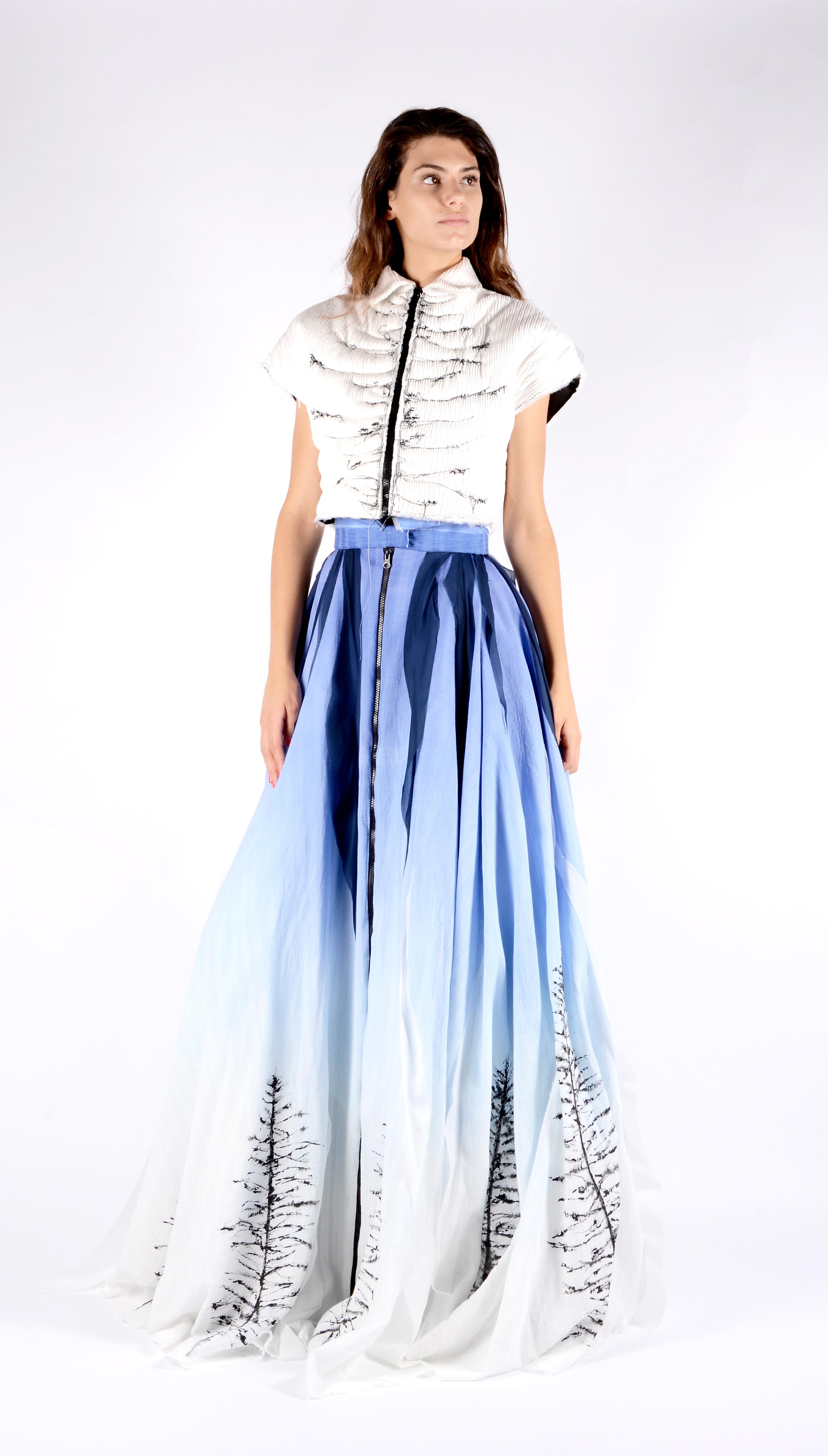
The Environmental Impact of Fast Fashion Trends
The rapid rise of fast fashion has led to an unprecedented demand for trendy clothing, often at the expense of the environment. Mass production techniques and the frequent turnover of styles result in significant waste and pollution. The textile industry is one of the largest contributors to environmental degradation, consuming vast amounts of water and energy while emitting harmful chemicals and greenhouse gases. The focus on fleeting trends encourages a culture of disposability, with garments often worn only a few times before being discarded.
- Resource Depletion: Fast fashion relies heavily on non-renewable resources.
- Pollution: Dyes and chemicals contaminate water supplies.
- Waste: Landfills are filled with discarded clothing.
By shifting focus to sustainable materials, fashion brands can mitigate these impacts. Eco-friendly alternatives such as organic cotton, hemp, and recycled fibers offer a path towards a more sustainable industry. These materials not only reduce environmental harm but also encourage consumers to value quality and longevity over short-lived trends. Embracing sustainability can redefine fashion as a force for positive change, aligning style with the planet’s well-being.
Consumer Demand for Eco-Friendly Fabrics
- Shifting Priorities: In recent years, there has been a noticeable shift in consumer priorities, with a growing emphasis on sustainability. People are increasingly concerned about the environmental impact of their purchases, leading to a demand for eco-friendly fabrics. These materials, often made from organic or recycled sources, appeal to environmentally conscious buyers who are eager to reduce their carbon footprint.
- Market Opportunities: This shift presents a unique opportunity for fashion brands to align with consumer values by incorporating sustainable materials into their offerings. By prioritizing eco-friendly options, brands can tap into a burgeoning market segment, enhancing their reputation and fostering customer loyalty.
While traditional trends have always played a significant role in fashion, the rise of sustainability suggests that integrating eco-conscious choices could be equally influential. By balancing both style and sustainability, brands can cater to a diverse audience, meeting the needs of trendsetters and environmentally minded consumers alike.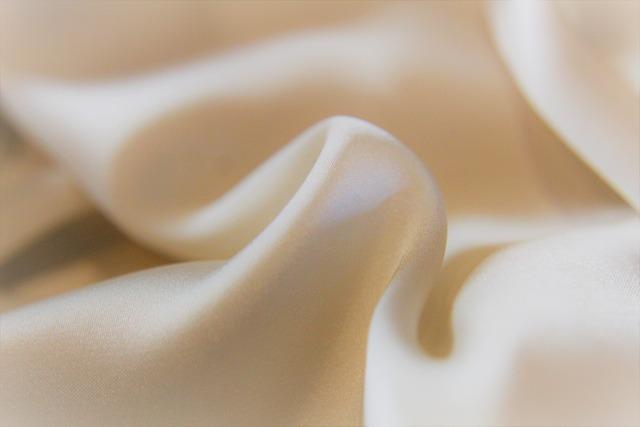
Innovative Strategies for Sustainable Fashion Practices
In the evolving landscape of fashion, brands are increasingly challenged to balance aesthetics with ecological responsibility. As the call for sustainability grows louder, innovative strategies are essential for integrating eco-friendly practices without sacrificing style. Fashion brands can pioneer change by prioritizing sustainable materials over fleeting trends, fostering a culture that values longevity and environmental stewardship.
- Material Innovation: Experimenting with materials like organic cotton, recycled polyester, and plant-based fibers can redefine fashion’s environmental impact.
- Closed-loop Systems: Embracing circular fashion models where garments are designed for disassembly and recycling ensures minimal waste.
- Transparent Supply Chains: Providing clear, accessible information about sourcing and production processes builds consumer trust and promotes ethical practices.
Ultimately, the shift towards sustainable materials not only addresses environmental concerns but also aligns with a growing consumer demand for transparency and accountability. By weaving sustainability into the fabric of their identity, brands can lead the charge towards a more responsible and innovative future in fashion.























